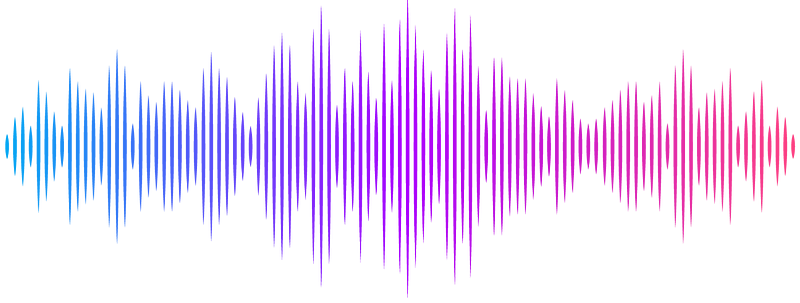Lipid Mediated Formation of Antiparallel Aggregates in Cerebral Amyloid Angiopathy

Lipid Mediated Formation of Antiparallel Aggregates in Cerebral Amyloid Angiopathy
Pacheco de Oliveira, A.; Baghel, D.; Holcombe, B.; Chase, W. E.; Ward, T.; Wang, S.-H. J.; Ghosh, A.
AbstractCerebral amyloid angiopathy (CAA) is a cerebrovascular disorder marked by amyloid-{beta} (A{beta}) deposition in blood vessel walls, leading to hemorrhage and recurring stroke. Despite significant overlap with Alzheimer\'s disease (AD) through shared A{beta} pathology, the specific structural characteristics of A{beta} aggregates in CAA and their variations between stages of disease severity are yet to be fully understood. Traditional approaches relying on brain-derived fibrils can potentially overlook the polymorphic heterogeneity and chemical associations within vascular amyloids. This study utilizes sub-diffraction, label-free mid-infrared photothermal (MIP) spectroscopic imaging to directly probe the chemical structure and heterogeneity of vascular amyloid aggregates within human brain tissues across different CAA stages. Our results demonstrate a clear increase in {beta}-sheet content within vascular A{beta} deposits corresponding to disease progression. Crucially, we identify a significant presence of antiparallel {beta}-sheet structures, particularly prevalent in moderate/severe CAA. The abundance of antiparallel structures correlates strongly with co-localized lipids, implicating a lipid-mediated aggregation mechanism. We substantiate the ex-vivo observations using nanoscale AFM-IR spectroscopy and demonstrate that A{beta}40 aggregated in vitro with brain-derived lipids adopts antiparallel structural distributions mirroring those found in CAA vascular lesions. This work provides critical insights into the structural distributions of A{beta} aggregates in CAA, highlighting the presence of polymorphs typically associated with transient intermediates, which may lead to alternate mechanisms for neurotoxicity.